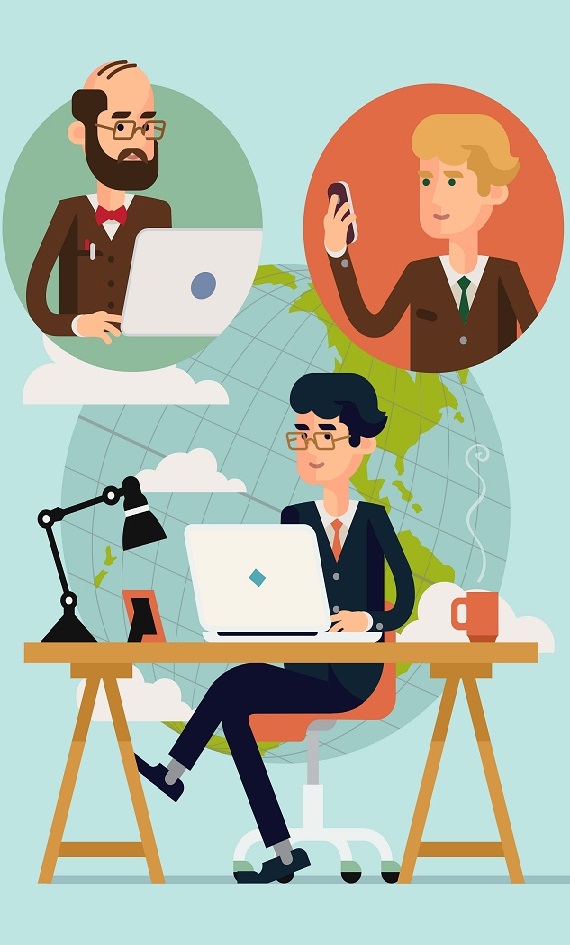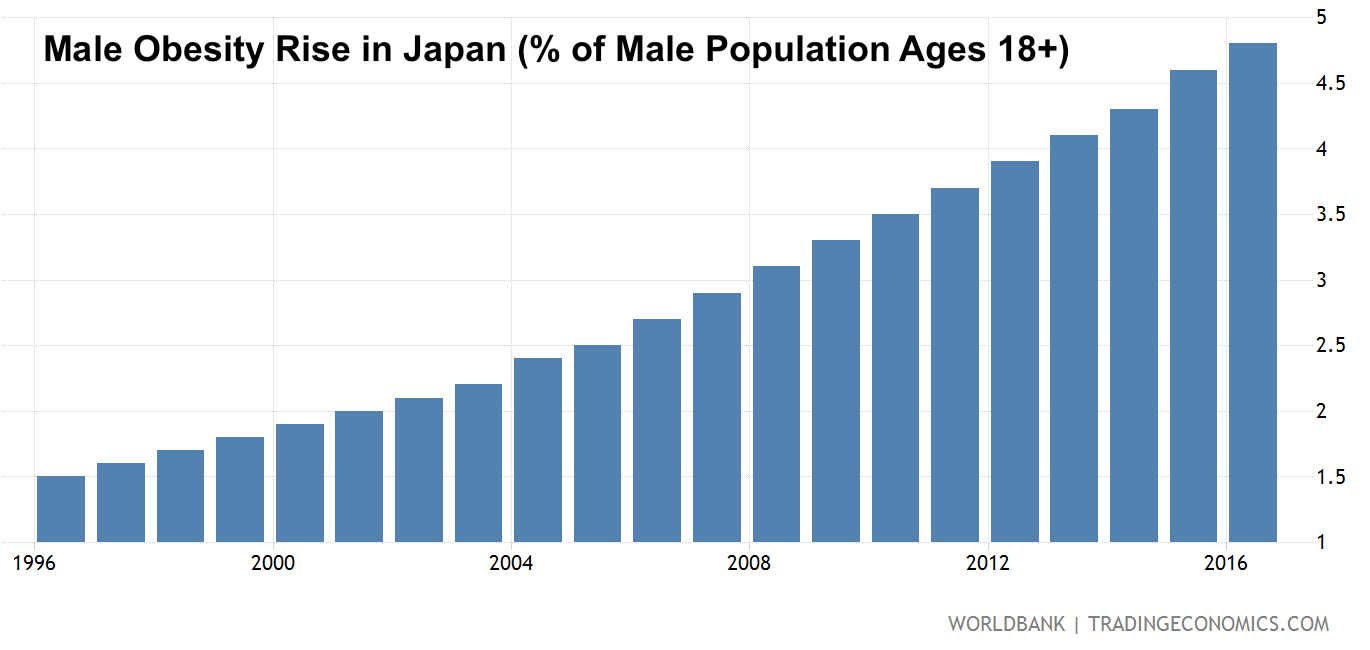Balancing the Negative Aspects of Working from Homes and Remote Working

Work Away from Home or Work from Home: The Old and New Normals
“Make a rule to work from home only in exceptional circumstances,” says this paper of Dartmouth College citing Harvard Business Review. Many of us grew up hearing: “Don’t take your work home,” but all those things have become stories of the past when we are facing the new normal.
Now, 180 Degrees of View has started telling us about the positives of working from home. Many or most of us have embraced the new normal dearly and even loved it.
However, it’s just the beginning. Many corporations plan to make the “work from home” culture permanent. In the beginning, everyone was happy to compare their productivity, earlier and now, and didn’t see much difference in most cases.
On the one hand, the fear of uncertainty and, on the other hand, the satisfaction that we are still safe keep us from thinking deeply about the long-term aspects.
Working from home may be an office worker’s dream: not having to get up at the crack of dawn every morning to commute to the office, not having to spend a small fortune on office attire, no traffic jams on your way to work, not having to deal with coworkers that you may not get along with, no sitting in a fluorescent-lit cubicle during most daylight hours, and no jostling for space in crowded cafes during your lunch break – but in the long run it has its repercussions and negative aspects.
The Negative Side of Working from Home
Everything has two sides, and working from home or remotely will not be an exception in the long run. It is always best to analyze both sides and plan and take as many steps as possible to counter the negative aspects of working from home or remotely.
So, let’s have a look at the negative aspects of working from home in the long term:

Lack of Engagement
- Lack of attachment with employers and co-workers
- Management/Supervisors attachment to the employees
- Relationships turning to Transactional from real Teamwork
- Not knowing the business/company situation firsthand and the resultant uncertainty
- Detachment and reduction of the ownership of tasks and also employee attrition
Employee Wellbeing
- The health of people who merely depend on the office routine as exercise
- Psychological issues with the isolation and resulting stresses
- Homes losing the meaning of being home
- Possible strains in family relations and effects on work
Socioeconomic Issues
- Workforce divide – increasing gaps
- Reduced product and service demand and effects on the economies
Some of the above points will also vary from country to country and even city to city in the same countries and on individuals’ and individuals’ circumstances.
Some of these issues will not be in anyone’s control. For example, the economic effects, where the demand for Public transport, clothing, cosmetics, restaurants, automobiles, even real estate at city centers, and many others will take a hit, is something that will be the natural outcome of the new normal.
However, some issues can be handled by individuals, while others may require organizations to take proactive steps to improve awareness and, in some cases, policy tweaks to help the employees and, hence, themselves.
Let’s talk a bit more about the issues first and then see how organizations can help reduce the negative effects, as employee well-being affects not only productivity but also employee engagement and retention.
Lack of Engagement and Attachment
Deterioration of meaningful work relationships
According to a Gallup study, daily interactions with coworkers are strongly correlated with engagement and job satisfaction in the workplace. When employees mostly work from home, this crucial element is taken out of the equation, leading to feelings of isolation and anxiety.
Human beings are social creatures, after all, and working remotely can make employees feel disconnected from their work and can lead to an overall deterioration in the quality of their work. The lack of interaction with coworkers can also stifle creativity and reduce cohesiveness within a team.
On the one hand, more remote working would affect the engagement and attachment of employees with the organization and co-workers, and on the other hand, supervisors would end up knowing their subordinates less and less. These issues would also add to the employees’ anxiety, create a detachment, and affect the management’s employee-centric decision-making. The lack of engagement may further affect employee retention.

Teamwork has always been a sought-after quality in the employees. With no teams working together, maintaining the team-work and avoiding the relationships from becoming mere Transactional Relationships will be a real challenge for organizations.
Need for Better Employee Engagement – Growing Role of HR Leadership
With the above situation, the role of the Human Resources department will become more and more crucial.
HR would have to devise a better framework and communication mechanism to bridge the gap of physical interactions as much as possible. These could be tiny things, from the guidelines of having the videos turned on during the online meetings to bigger steps.
Just imagine months or years of having online meetings where people keep their videos switched off. Even if it is on the video, seeing the face of the person one is communicating with improves engagement and attachment.
Organizations that are not already practicing it should plan monthly newsletters and encourage the employees to contribute. Apart from the business matters and updates, these newsletters need to be designed to have a very transparent and friendly conversation involving the employees’ personal side – be it the extra-curricular achievements, achievements of family members, or a chance to showcase their hobbies.
Employee Wellbeing
Health
The increase in physical inactivity and food habits has resulted in almost a threefold increase in worldwide obesity between 1975 and 2016, with 39% of adults aged 18 years and over being overweight in 2016, and 13% were obese.
As work-from-home practices increase, they will further escalate health issues because of the further reduction of physical activities. This will affect those people who merely depend on the office routine as an exercise. Unlike many other countries, only the office routine adds to quite a bit of exercise because of significant walking and even cycling.
Japan has always taken pride in being a country with one of the lowest percentages of overweight and obese people but has seen a continuous rise in this problem.

Please do not think about discrimination by seeing the data for only the male population also. In Japan, the female population has only seen this rise in obesity at much older ages. In fact, the female population has seen rising underweight issues during the younger ages.
Although, to a great extent, the solution to these issues depends on the individuals, organizations can help to increase awareness by increasing the talk time about health in various means of corporate communications, including periodic newsletters.
Other Employees’ Wellbeing Issues with Increasing Remote Working

- Psychological issues with the isolation and resulting stresses
- Homes losing the meaning of being home
- Possible strains in family relations and effects on work
We are social animals. In our working lives, more social needs are satisfied in the workplace – naturally because more time is spent there. Prolonged physical isolation will add to the anxiety and stress levels.
Home is a place where we go after long, and at times stressful, working hours. It is a place where we look forward to relaxing, meeting family members after long absence, sharing the day’s updates, and having a change of scenery. Well, the very definition of homes becomes different with continuous working-from-home practices.
There is nothing new during the evenings, except that the laptops may be hibernating, though that is also doubtful in many cases.
When there is no delineation between work and home life, potential distractions can often crop up. Your kids are on school holidays, or you have toddlers, and they don’t understand why you’re home but ignoring them. In the long run, this may even affect personal relationships, and that, in turn, may affect productivity.
Again, addressing such issues is more in the individuals’ hands – by recreating life by developing long-forgotten hobbies, redesigning family schedules, and taking those forgotten walks in the park together. A lot of readjustments can be done in personal lives to adjust to the new normal. However, organizations need to develop mechanisms to increase awareness of the cause of these much-needed adjustments to their lives. The newsletters we mentioned above can be a small tool for such things.
Unlike countries where people may have the luxury of big houses, Japan’s small apartments may cause other issues of suffocation. At some point in time, if employers see that they may be able to save the cost of office rentals – by going to smaller offices or moving away from city centers to suburban areas, they may, at least, give it a thought to analyze if sharing some of the savings for better accommodations for the employees in critical roles is feasible.
Socioeconomic issues of continuous working from home
Decreased demand for products and services – public transport, clothes, cosmetics, restaurants, etc. will affect many sectors of the economy.
Similarly, society and even workplaces would see an increase in inequality because some people would continue working from home while others would not.
Another side negative effect of continuous remote working will be on the city centers. The demand for office spaces and commercial centers will inevitably decline, resulting in a knock-on effect for ancillary businesses that serve the people who once came to work in them. City center restaurants and cafes, bars, and shops have started to close down, creating many long-term considerations and issues for town and city planners.
We shall not go much into the socioeconomic issues of working from home or remote working practices on an ongoing basis, as those are irrelevant to the organization to a great extent.

Coming from an IT background of SAP consulting, IT Business development, and then running the country operations of an IT consulting multinational, Himanshu is co-founder and Managing Director of ReachExt K.K., and EmploymentJapan.com. He is also an Advisory Board Member of a Silicon Valley AI/IoT startup.